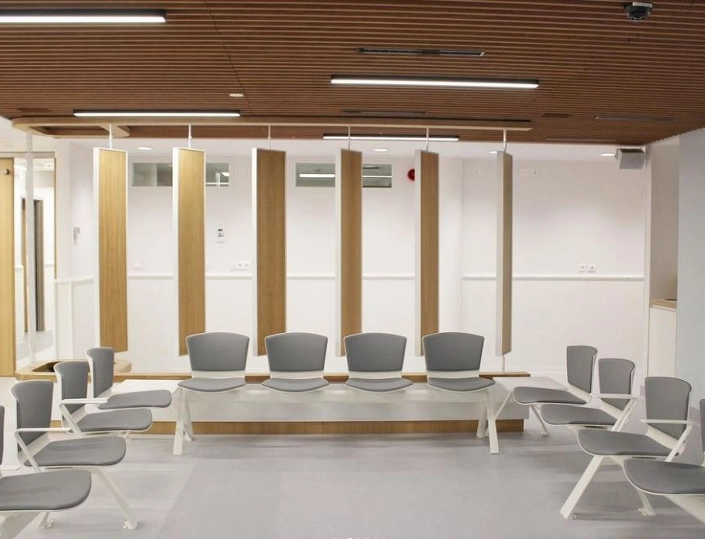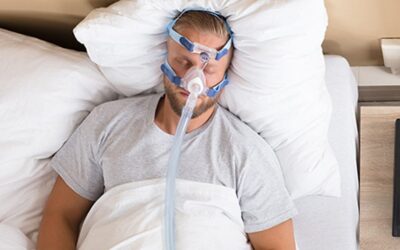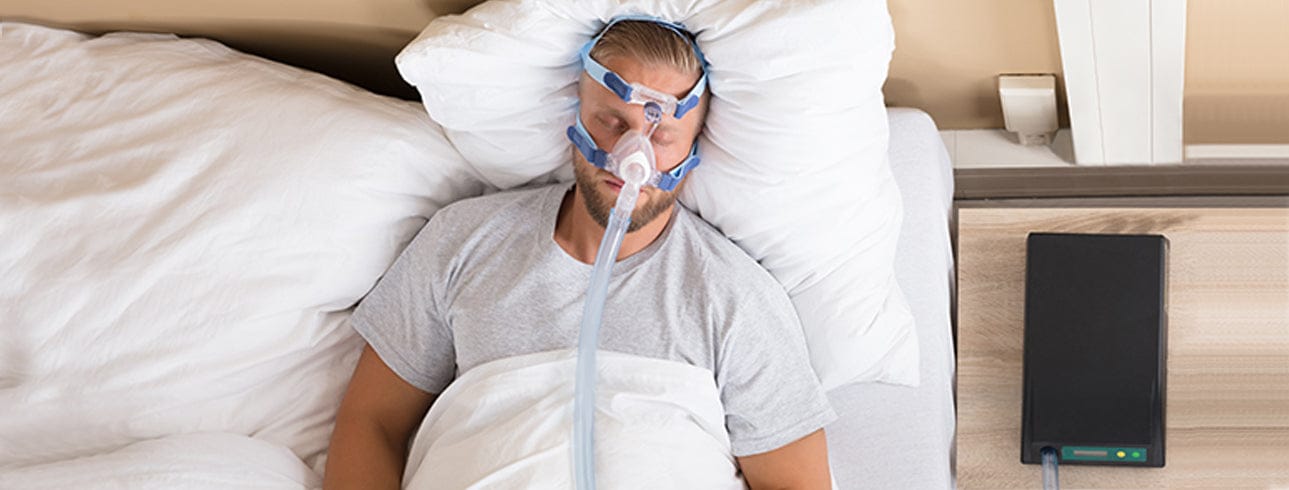How Patient Feedback Influences Medical Chair Manufacturing

In modern healthcare, the voice of the patient is no longer just a formality—it is a powerful driver of product innovation. From hospital beds to examination tables, patients’ lived experiences and opinions shape the tools and equipment that support their care. Nowhere is this more evident than in medical chair manufacturing. The design and refinement of medical chairs rely heavily on understanding patient needs, expectations, and comfort preferences.
A leading medical chair manufacturer recognizes that listening to patients is essential for developing chairs that not only meet technical requirements but also deliver a positive, reassuring experience. From the earliest design stages to product updates, patient feedback provides critical insight that helps manufacturers improve functionality, safety, and satisfaction.
The Role of Patient-Centered Design
Patient-centered design begins with a simple premise: those who use medical chairs every day have the most valuable perspective on how they perform. Manufacturers often engage patients in several ways:
- Surveys and Questionnaires: Collecting data on comfort, usability, and perceived safety.
- Focus Groups: Facilitating in-depth discussions to explore patients’ preferences and frustrations.
- Observation Studies: Watching how patients interact with chairs during treatment or recovery.
These efforts allow designers and engineers to prioritize real-world needs over assumptions, ultimately resulting in more responsive products.
Comfort as a Top Priority
Comfort is one of the most frequent topics patients mention in feedback. Medical chairs are often used for long periods, such as during dialysis, chemotherapy, or rehabilitation. Patients commonly report discomfort stemming from:
- Hard or unsupportive cushions
- Inadequate lumbar support
- Limited adjustability
- Excessive heat buildup in upholstery
Armed with this feedback, manufacturers enhance designs by incorporating high-density foams, ergonomic contours, breathable fabrics, and powered adjustments that allow patients to reposition themselves without assistance.
Accessibility and Independence
Many patients express the desire for more control over their environment. Chairs that are easy to adjust and operate empower patients to maintain independence and dignity. Feedback has driven several innovations in this area:
- Simple Controls: Large, intuitive buttons that are easy to reach and understand.
- Programmable Positions: Memory settings for favorite recline and leg positions.
- Low Transfer Heights: Seats that adjust down to facilitate easier entry and exit for patients with limited mobility.
By integrating these features, manufacturers ensure chairs are usable by people of all ages and physical abilities.
Safety Concerns and Improvements
Patients are also vocal about safety concerns—particularly around stability and transfers. Common issues raised include:
- Worry about tipping during recline
- Difficulty standing up from deep seats
- Slippery armrests or footrests
Listening to this feedback has led to improvements such as:
- Wider, anti-tip bases for stability
- Non-slip finishes on critical surfaces
- Smooth, controlled motion when changing positions
These design updates make chairs safer, reducing the risk of falls and injuries.
Psychological Well-Being and Aesthetics
Patients frequently mention how medical equipment can make them feel—both emotionally and psychologically. Drab colors, institutional designs, and intimidating controls can increase anxiety during treatment. In response, manufacturers have started offering:
- Softer, more inviting color palettes
- Modern styling that feels less clinical
- Calming upholstery textures
These enhancements not only improve comfort but also promote a more positive mindset, which is essential for healing.
Maintenance Feedback and Hygiene
Hygiene is another area where patient feedback has been influential. Patients often notice when chairs appear worn or difficult to clean, which can undermine confidence in care quality. Insights from patients and caregivers have inspired:
- Seamless upholstery to prevent fluid infiltration
- Easily removable cushions and covers for cleaning
- Antimicrobial treatments to reduce pathogen buildup
These improvements support infection control while extending the lifespan of chairs.
Ongoing Engagement and Iteration
Feedback isn’t a one-time activity. Leading manufacturers maintain continuous dialogue with patients to keep improving designs:
- Post-installation surveys to monitor satisfaction over time
- Pilot programs for new models and features
- Partnerships with patient advocacy groups to gather diverse perspectives
This iterative approach ensures that chairs evolve alongside patient expectations and advances in care delivery.
Conclusion
Patient feedback is more than a marketing tool—it is an essential part of modern medical chair manufacturing. Insights from those who rely on these chairs every day shape how products are designed, built, and refined. From improved ergonomics and safety features to more intuitive controls and welcoming aesthetics, every detail reflects the voices of patients who have spoken up about what matters most. By valuing and incorporating this feedback, manufacturers are helping create healthcare environments that are not only functional but also compassionate, dignified, and supportive.







